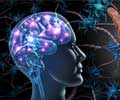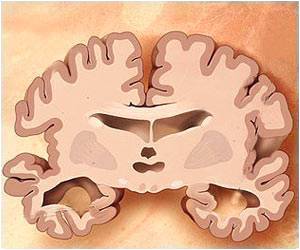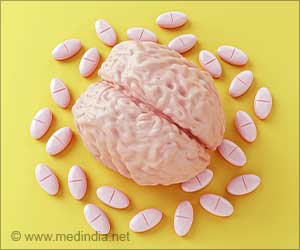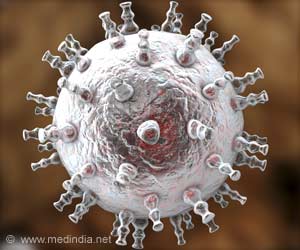Early problems in the subthalamic nucleus contribute to Huntington's disease symptoms, and may impair the processing capacity and health of other brain structures.
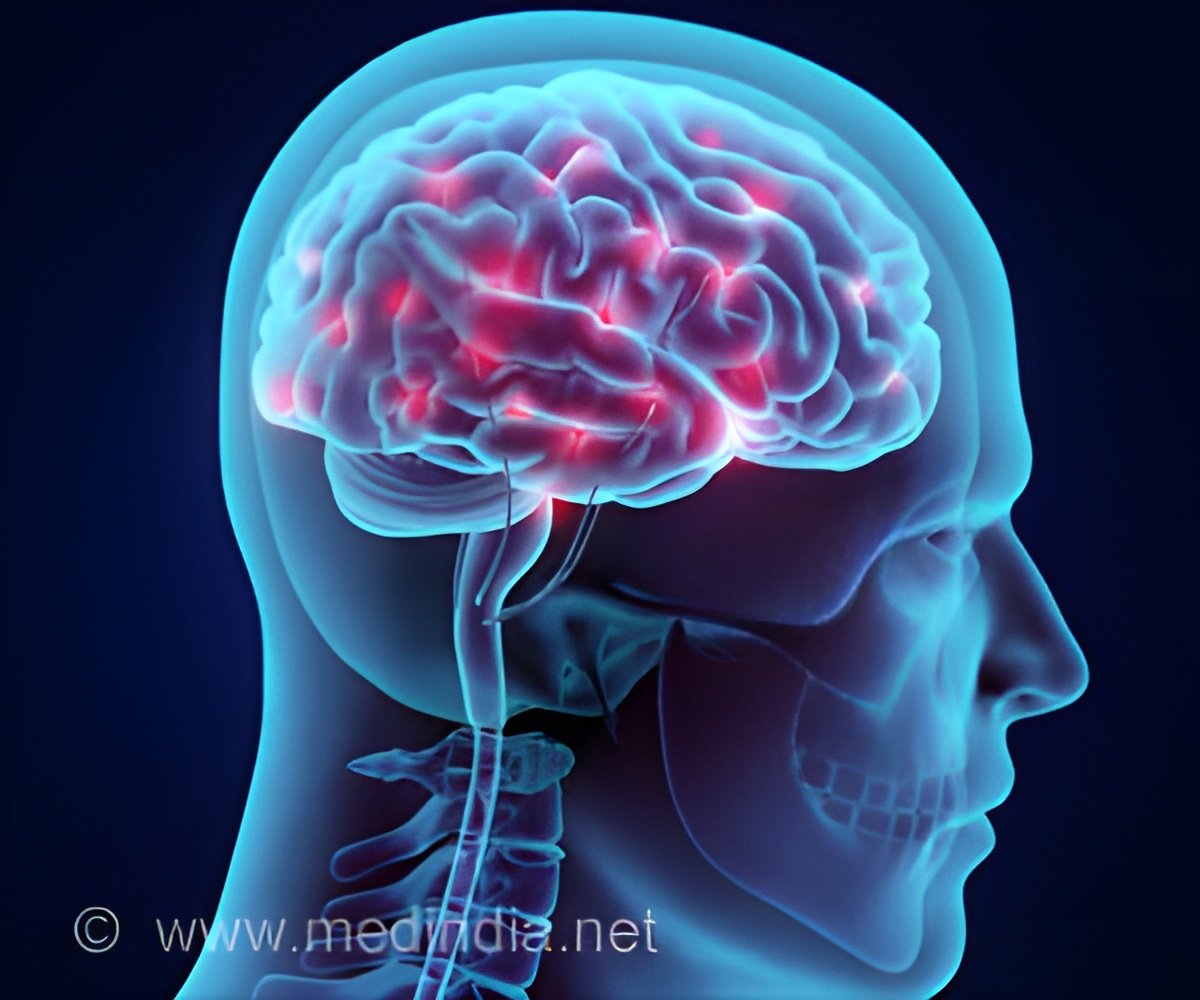
‘Patients with Huntington's disease have fewer nerve cells in the subthalamic nucleus, a group of brain structures critical for movement and impulse control.’





Currently, there is no cure for Huntington's disease; treatment can
only alleviate some of the symptoms. Northwestern Medicine scientists identified a link between Huntington's disease and dysfunction of the subthalamic nucleus, a component of the basal ganglia, a group of brain structures critical for movement and impulse control. "Although the genetic basis of the disease is well established, why the mutation leads to the expression of symptoms and loss of brain tissue remains poorly understood," explained senior author Mark Bevan, professor of physiology at Northwestern University Feinberg School of Medicine.
The study was published in the journal eLife.
"While research into Huntington's disease has focused on other parts of the basal ganglia, the subthalamic nucleus has been largely overlooked," said Bevan. "This is surprising because patients with Huntington's disease have fewer nerve cells in the subthalamic nucleus. People who have suffered damage to the subthalamic nucleus exhibit excessive movement and impulsive behavior, similar to patients with Huntington's disease."
Using mice genetically engineered to carry the Huntington's disease gene, scientists discovered the electrical activity of the subthalamic nucleus was lost. Furthermore, impaired subthalamic activity was caused by anomalous receptor signaling, leading to defective energy metabolism and accumulation of damaging oxidants.
Advertisement
"Our findings suggest early problems in the subthalamic nucleus not only contribute to the symptoms of Huntington's disease, but are also likely to impair the processing capacity and health of other brain structures, more traditionally associated with the disease," Bevan said.
Advertisement
Source-Eurekalert

